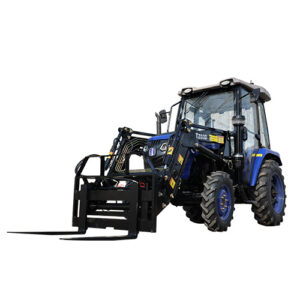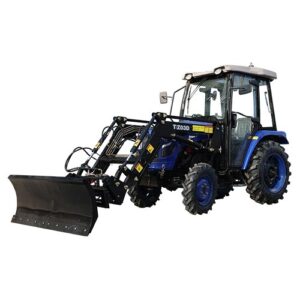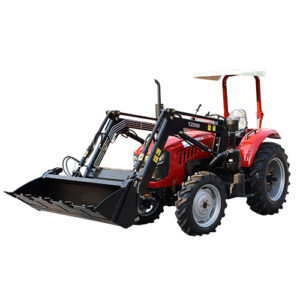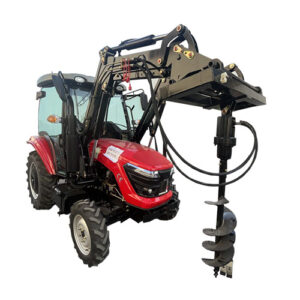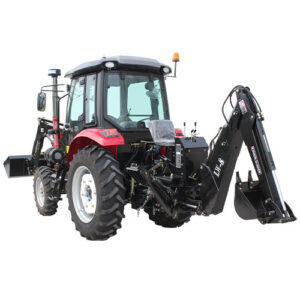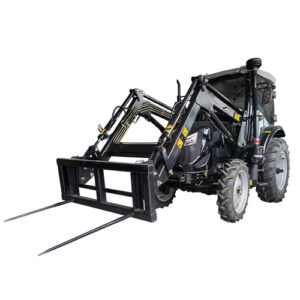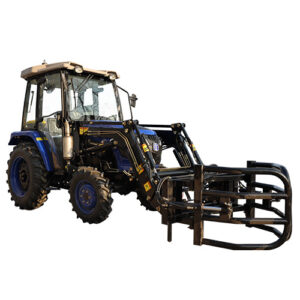Introduction
In the world of agriculture, hay handling is an essential task for ranchers and farmers alike. Whether you’re dealing with round or square bales, moving hay efficiently can be a challenge. This is where hay fork tractor attachments come into play. These versatile tools can transform your tractor into a hay handling powerhouse, saving you time, effort, and frustration.
Benefits of Hay Fork Tractor Attachments
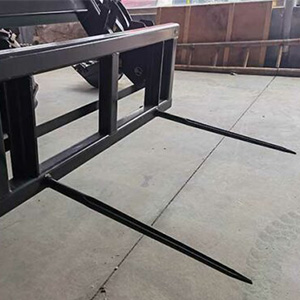
Hay fork tractor attachments offer a multitude of benefits that can revolutionize your hay handling operations:
- Enhanced Efficiency: Hay fork attachments allow you to lift, transport, and stack hay bales with ease, significantly reducing the time and effort required for hay handling tasks.
- Reduced Labor Requirements: By automating the hay handling process, you can minimize the need for manual labor, saving on manpower costs and reducing the risk of injuries.
- Improved Safety: Hay fork attachments eliminate the need for manual lifting and carrying heavy hay bales, promoting a safer work environment.
- Versatility: Hay fork attachments can handle a variety of bale shapes and sizes, making them suitable for round, square, or even odd-shaped bales.
- Compatibility: Hay fork attachments are designed to work with a wide range of tractor models, ensuring seamless integration with your existing equipment.
Types of Hay Fork Tractor Attachments
The diverse range of hay fork tractor attachments caters to various hay handling needs and preferences. Here’s an overview of some common types:
- Spear-Type Hay Forks: Spear-type hay forks are the most common type, featuring a single or multiple tines that penetrate the center of the bale for secure lifting.
- Grip-Type Hay Forks: Grip-type hay forks utilize a clamping mechanism to securely hold the bale from the sides, ideal for handling delicate or oddly shaped bales.
- Bale Spears: Bale spears are long, solid tines that pierce the bale from top to bottom, providing a stable and secure grip for lifting and transporting heavy bales.
- Combo Bale Forks: Combo bale forks combine the features of spear-type and grip-type forks, offering versatility in handling both round and square bales.
- Pallet Forks: Pallet forks are designed to handle palletized hay, providing a convenient and efficient way to move large quantities of hay.
Choosing the Right Hay Fork Tractor Attachment
Selecting the right hay fork tractor attachment depends on your specific hay handling needs and preferences. Consider the following factors:
- Bale Type: Determine whether you’ll be handling round, square, or a combination of bale shapes.
- Bale Size: Consider the average size and weight of the bales you’ll be handling.
- Lifting Capacity: Ensure the attachment’s lifting capacity is sufficient for your hay handling requirements.
- Tractor Compatibility: Choose an attachment that is compatible with your tractor’s model and hitch system.
- Additional Features: Consider features like hydraulic bale rotation, adjustable tine spacing, and quick-attach compatibility.
Comparison of commonly used tractor attachments
| Attachment | Description | Common Uses |
|---|---|---|
| Hay Fork | Fork-shaped attachment for handling hay bales. | Loading, transporting, and stacking hay. |
| Loader Bucket | Large bucket attachment for moving bulk materials. | Loading, transporting, and dumping soil, gravel, or debris. |
| Pallet Fork | Fork attachment with adjustable tines for lifting pallets and other materials. | Moving and stacking palletized goods. |
| Grapple | Claw-like attachment for grasping and lifting logs, rocks, or debris. | Clearing brush, lifting heavy objects, and loading materials. |
| Box Blade | Flat, rectangular attachment with cutting edges for grading and leveling soil. | Grading driveways, leveling land, and spreading materials. |
| Auger | Spiral drill attachment for digging holes in the ground. | Digging fence post holes, planting trees, and installing foundations. |
| Mower Deck | Rotary or flail mower attachment for cutting grass and vegetation. | Mowing lawns, maintaining pastures, and clearing overgrown areas. |
| Tiller | Rotary tiller attachment for breaking up and aerating soil. | Preparing seedbeds, cultivating gardens, and mixing amendments. |
| Bale Spear | Spear-shaped attachment for lifting and transporting round bales of hay. | Moving and stacking round bales of hay. |
| Post Hole Digger | Hydraulic or manual auger attachment for digging holes for fence posts. | Installing fences, signage, and landscaping features. |
This table provides a comparison of commonly used tractor attachments, including their descriptions and common uses.
Effective Usage of Hay Fork Tractor Attachments
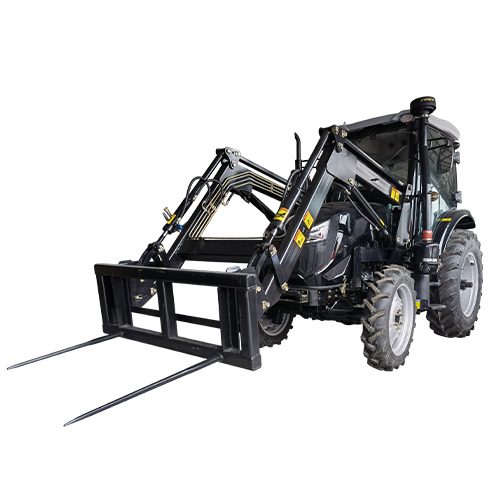
To maximize the efficiency and safety of your hay fork tractor attachment, follow these guidelines:
- Proper Attachment: Ensure the attachment is securely mounted to the tractor’s hitch and properly aligned for safe operation.
- Load Limits: Never exceed the attachment’s weight capacity to prevent damage or accidents.
- Stable Operation: Maintain a stable tractor stance and avoid sudden movements while lifting or transporting hay bales.
- Clearance Awareness: Be mindful of overhead clearance when lifting and stacking bales to avoid collisions.
- Regular Maintenance: Inspect the attachment regularly for wear and tear, and perform necessary maintenance as recommended by the manufacturer.
Conclusion
Hay fork tractor attachments are indispensable tools for streamlining hay handling operations, enhancing efficiency, and promoting safety. By understanding the benefits, types, selection criteria, and effective usage strategies, you can transform your hay handling process and achieve new levels of productivity on your farm or ranch. Embrace the power of technology and elevate your hay handling experience with the right hay fork tractor attachment.
FAQ
Q: What is the difference between a spear-type hay fork and a grip-type hay fork?
A: Spear-type hay forks penetrate the center of the bale for secure lifting, while grip-type hay forks clamp the bale from the sides, offering a gentler hold for delicate or oddly shaped bales.
Q: How do I determine the lifting capacity required for my hay fork attachment?
A: Consider the average weight of the bales you’ll be handling and add a safety margin of 20-30% to ensure the attachment can handle the load safely.
Q: What safety precautions should I take when using a hay fork tractor attachment?
A: When using a hay fork tractor attachment, it’s essential to follow all safety guidelines provided by the manufacturer and adhere to standard tractor safety practices. This includes wearing appropriate personal protective equipment, such as gloves and eye protection, operating the tractor at a safe speed, and avoiding overloading the attachment. Additionally, be cautious when maneuvering the tractor near obstacles or uneven terrain to prevent accidents or injuries.
Q: How do I maintain a hay fork tractor attachment for optimal performance?
A: Regular maintenance is essential to ensure the continued performance and longevity of a hay fork tractor attachment. This includes cleaning the attachment after each use to remove dirt and debris, inspecting for any signs of wear or damage, and lubricating moving parts as needed. It’s also crucial to store the attachment in a dry, protected environment when not in use to prevent corrosion and damage. Refer to the manufacturer’s guidelines for specific maintenance instructions and intervals.


